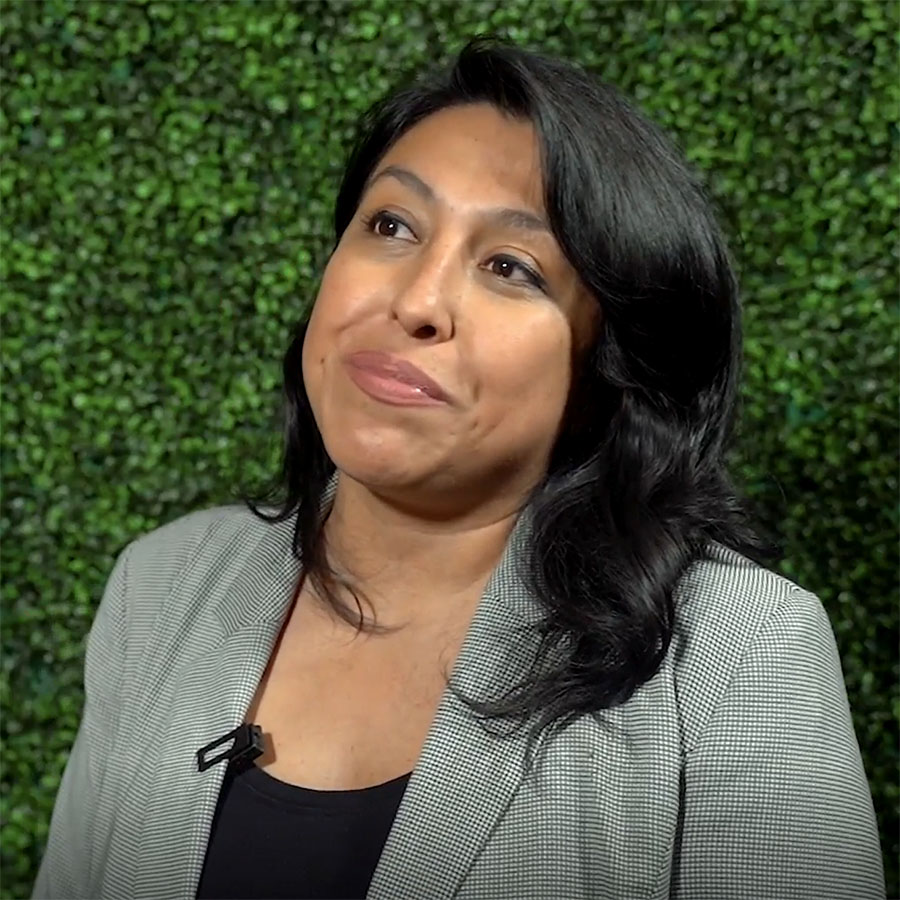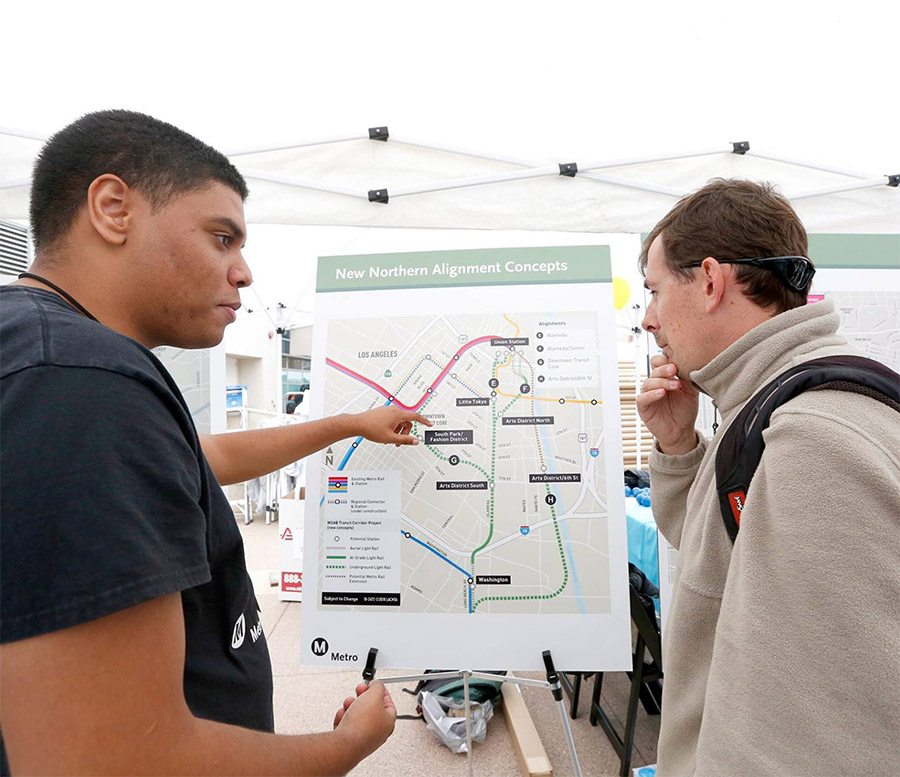
Leveraging Technology to Address Urban Issues
Last week, I had a chance to introduce the Center for Neighborhood Technology to two new groups of potential friends and partners. First, we were visited by a group of Google product managers from across the nation. Many of CNT’s online interactive tools are based on Google Maps, and our conversation quickly focused on how we use these tools to identify and address urban issues. We had innumerable questions for each other: how can we partner to better calculate local transportation-related... Read the rest of this entry »
Buffalo, NY: A Rust Belt City’s new approach to tackling lead in drinking water
Buffalo’s aging infrastructure poses a lead problem. But a one-stop-shop model could unite previously siloed agencies toward a solution. Like many old industrial cities in the Great Lakes region, Buffalo, New York—located on the shores of Lake Erie—has a lead poisoning problem. Children in Erie County, many living within the City of Buffalo’s limits, test positive for lead poisoning at rates much higher than New York State average. Given Buffalo’s old housing stock—the city has... Read the rest of this entry »
We Met, We Shared, and Together We Innovate!
On Tuesday, December 4, CNT opened our offices to partners and friends both old and new. We rearranged our space to display our current work – see diagram below – and spent three nonstop hours describing it. Around 150 people came through (we weren’t keeping close count), talked to our staff and board about our priorities and projects, and connected with other friends. Most commonly overhead conversation snippets at the open house: I really like that AllTransit tool. (Thanks,... Read the rest of this entry »
Welcoming CNT’s Managing Director for Urban Resilience
I’m thrilled to announced that CNT has hired a new Managing Director for Urban Resilience. First, about the position: This is a new title that reflects our future direction as an organization. The Managing Director will oversee CNT’s water program – including RainReady, the Great Lakes Water Infrastructure project, and related efforts – and will tie our water work closely to other urban systems. To effectively address environmental justice and the threats caused by climate change, we need to... Read the rest of this entry »
Preserving Affordability of Water Services in Great Lakes Cities
In 1960, Gary, IN was a town of 178,000 residents with a strong economy and a water and sewer system to match. Today, Gary’s 78,000 residents are struggling with aging, oversized systems while facing a 36% poverty rate and a median income of $29,000. Gary’s Sanitary District has worked to keep bills down to preserve the affordability of wastewater services, but this has meant delaying necessary investments and reactively managing infrastructure failures that compromise water quality, cause... Read the rest of this entry »
Planning for Scaling Up RainReady With IBM's Corporate Service Corps + Earthwatch Institute
As the new CEO of the Center for Neighborhood Technology, a top priority is finding new partnerships. But I didn’t expect that one would emerge in my first week on the job. Through an opportunity made available through the Earthwatch Institute and IBM, CNT is part of a cohort of four nonprofits – also including the Alliance for the Great Lakes, Openlands, and Teach for America – that received pro bono assistance from IBM’s Corporate Service Corps. Over the past month, IBM’s management... Read the rest of this entry »
Illinois Counties Can Provide Essential Flood Protection for Their Communities
The Illinois Legislature took a major step toward reducing urban flooding by passing HB4748 and giving 86 Illinois counties the authority to adopt stormwater management plans and standards and provide essential flood protection services to their villages, homeowners and businesses. On May 17, 2018, House Bill 4748 (HB4748) easily passed in the Senate having passed in the House unanimously in March. Illinois has 102 counties, 32 of which meet the definition of “urban”. Under the... Read the rest of this entry »
On the Table 2018: Engaging All Generations in Environmental Justice
CNT was delighted to participate again in the Chicago Community Trust’s On the Table on May 8th, 2018. Over lunch at CNT’s offices, we hosted a range of guests in a conversation about environmental justice. Attendees included chairs and co-chairs from the Robbins and Chatham RainReady community steering committees, students from a local high school, and members of the Elevated Chicago coalition. The topic was “Beyond Baby Boomers: Passing the Torch on Local Environmental Justice,” addressing... Read the rest of this entry »
Thinking Beyond Costs, Water Systems Innovation
Over and over again we hear that infrastructure in the U.S. has a terrible report card and millions, billions, even trillions of dollars are needed to fix it. Discussed less, however, are the benefits of investing, in particular to upgrade infrastructure beyond the replacement of 100-year-old pipes. We also don’t hear about the high costs of pursuing business as usual—what are we losing by continuing to do things the same way, rather than adapting to changing local needs with systems... Read the rest of this entry »
No Longer Too Cheap to Meter: Water Infrastructure, Equity, and Affordability
The cost of living has been rising across the U.S. even as incomes stagnate. While increases in big ticket items like housing and health insurance make the news, growing water bills have gained less attention. Water was relatively inexpensive for so long that many communities only began to meter usage in recent years. But costs are on the rise and without some proactive solutions the situation is only going to get worse. In municipalities with growing populations or service areas,... Read the rest of this entry »





 Strengthening Transit Through Community Partnerships
Strengthening Transit Through Community Partnerships








